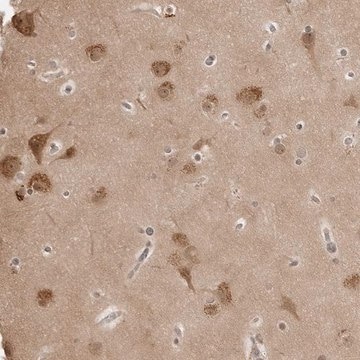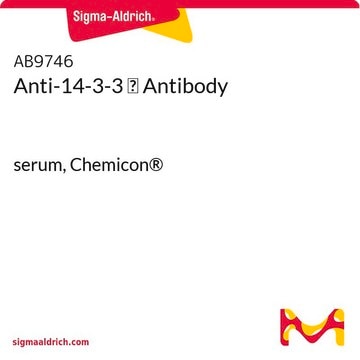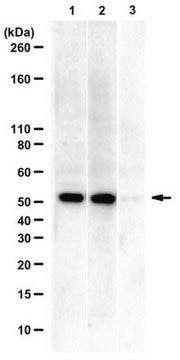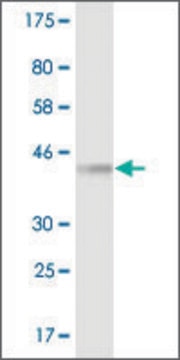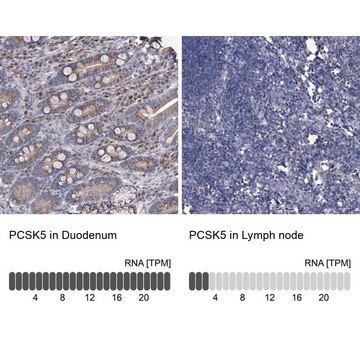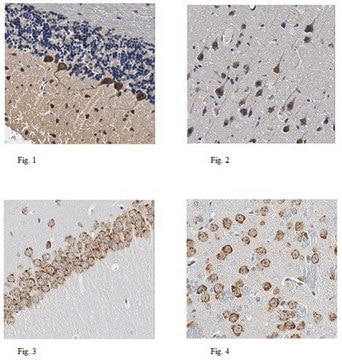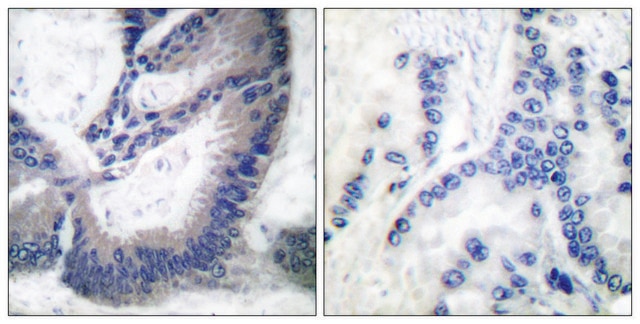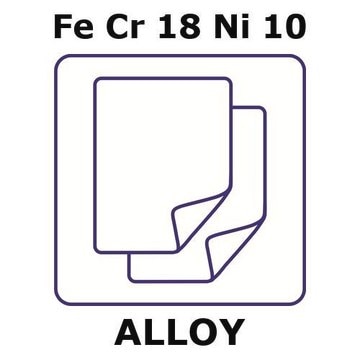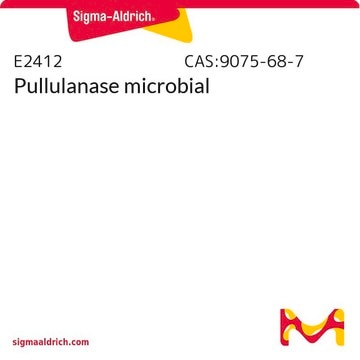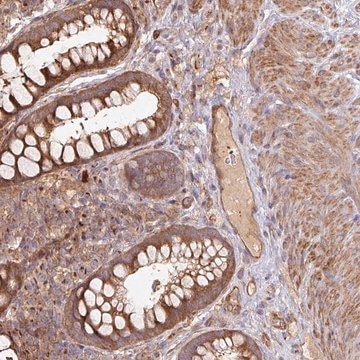Recommended Products
biological source
rabbit
Quality Level
antibody form
serum
antibody product type
primary antibodies
clone
polyclonal
species reactivity
human, rat, sheep, chicken, mouse, bovine
manufacturer/tradename
Chemicon®
technique(s)
ELISA: suitable
immunohistochemistry: suitable
western blot: suitable
NCBI accession no.
UniProt accession no.
shipped in
wet ice
target post-translational modification
unmodified
Gene Information
human ... YWHAG(7532)
Related Categories
General description
Mammals express seven distinct 14-3-3 isoforms (gamma, epsilon, beta, zeta, sigma, theta, tau) that form multiple homo- and hetero- dimmers, thus rendering 14-3-3 as a key multifunctional regulatory molecule. 14-3-3 isomers have been implicated in several neurological disorders: for example isoforms gamma, epsilon and beta are expressed in the cerebrospinal fluid of Creutzfeldt-Jakob patients, but not patients suffering from other neurological conditions such as Alzheimer′s.
The 14-3-3 gamma antibody is one of a panel of antibodies that were generated against 14-3-3 isoforms and have demonstrated their potential for use as an ELISA-based diagnostic tool. These antibodies will allow the research to investigate the role of this protein in key cellular processes and neurological disorders such as Creutzfeldt-Jakob, Alzheimer′s and Parkinson′s Disease.
The 14-3-3 gamma antibody is one of a panel of antibodies that were generated against 14-3-3 isoforms and have demonstrated their potential for use as an ELISA-based diagnostic tool. These antibodies will allow the research to investigate the role of this protein in key cellular processes and neurological disorders such as Creutzfeldt-Jakob, Alzheimer′s and Parkinson′s Disease.
Specificity
14-3-3 gamma. By Western blot the antibody recognizes the ~30 kDa protein.
Immunogen
Synthetic peptide from the N-terminal area of sheep 14-3-3 gamma.
Application
Anti-14-3-3 γ Antibody detects level of 14-3-3 γ & has been published & validated for use in ELISA, WB, IH.
Western blot: 1:6,000-1:12,000 using ECL.
Immunohistochemistry: 1:400-1:800 on mouse brain tissue which was treated by hydrated autoclaving at 121°C for 15 minutes prior to immunolabeling. Endogenous peroxidase was blocked with hydrogen peroxide in methanol and non-specific labeling with normal goat serum at 1:20 for 5 minutes.
ELISA
Optimal working dilutions must be determined by end user.
Immunohistochemistry: 1:400-1:800 on mouse brain tissue which was treated by hydrated autoclaving at 121°C for 15 minutes prior to immunolabeling. Endogenous peroxidase was blocked with hydrogen peroxide in methanol and non-specific labeling with normal goat serum at 1:20 for 5 minutes.
ELISA
Optimal working dilutions must be determined by end user.
Legal Information
CHEMICON is a registered trademark of Merck KGaA, Darmstadt, Germany
Not finding the right product?
Try our Product Selector Tool.
Certificates of Analysis (COA)
Search for Certificates of Analysis (COA) by entering the products Lot/Batch Number. Lot and Batch Numbers can be found on a product’s label following the words ‘Lot’ or ‘Batch’.
Already Own This Product?
Find documentation for the products that you have recently purchased in the Document Library.
H Martin et al.
FEBS letters, 331(3), 296-303 (1993-10-04)
14-3-3 proteins are apparently ubiquitous eukaryotic proteins that comprise a large number of isoforms. They have been implicated in the regulation of a wide range of biological processes [reviewed in Aitken et al. (1992) Trends Biochem. Sci. 17, 498-501]. We
J Wiltfang et al.
Journal of neurochemistry, 73(6), 2485-2490 (1999-12-03)
Two-dimensional polyacrylamide gel electrophoresis of CSF has been used in the diagnosis of Creutzfeldt-Jakob disease (CJD). One of the two diagnostic protein spots was identified as isoform(s) of the 14-3-3 family of abundant brain proteins. This has led to the
Maliha Chaudhri et al.
Biochemical and biophysical research communications, 300(3), 679-685 (2003-01-01)
The 14-3-3 protein family associates with many proteins involved in intracellular signalling. In many cases, there is a distinct preference for a particular isoform(s) of 14-3-3. A specific repertoire of 14-3-3 dimer formation may therefore influence which of the interacting
Petra Steinacker et al.
Molecular and cellular biology, 25(4), 1339-1346 (2005-02-03)
The diagnosis of sporadic Creutzfeldt-Jakob disease (CJD) is based on typical clinical findings and is supported by a positive 14-3-3 Western blot of cerebrospinal fluid. However, it is not clear whether 14-3-3 indicates general neuronal damage or is of pathophysiological
Hung-Kai Chen et al.
Cell, 113(4), 457-468 (2003-05-22)
Spinocerebellar ataxia type 1 (SCA1) is one of several neurological disorders caused by a CAG repeat expansion. In SCA1, this expansion produces an abnormally long polyglutamine tract in the protein ataxin-1. Mutant polyglutamine proteins accumulate in neurons, inducing neurodegeneration, but
Our team of scientists has experience in all areas of research including Life Science, Material Science, Chemical Synthesis, Chromatography, Analytical and many others.
Contact Technical Service